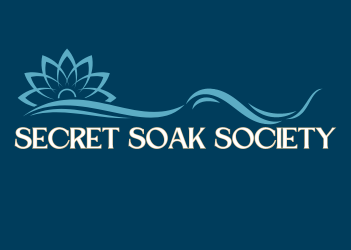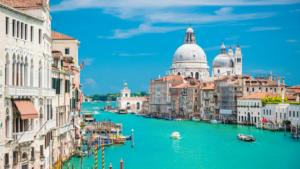In the United States, a country renowned for its pioneering spirit and relentless pursuit of innovation, float therapy has experienced a remarkable surge in popularity. This ascent is not just a testament to the nation’s openness to alternative wellness practices but also to the transformative benefits of floating itself.
From the tech hubs of Silicon Valley to the wellness-focused enclaves of Southern California, float therapy has become a cornerstone of the modern American quest for relaxation, mental clarity, and physical recovery. This article explores the dynamic landscape of float therapy in the U.S., highlighting the innovative approaches and expansive growth that characterize its practice across the country.

A Diverse Tapestry of Practices
The United States boasts a rich diversity of float therapy practices, reflecting the vastness and varied cultural fabric of the country. In major metropolitan areas, float centers have become urban sanctuaries for those seeking to escape the frenetic pace of city life. These centers offer a range of experiences, from traditional float tanks to expansive open pools, catering to the preferences of a broad clientele. Meanwhile, in more secluded regions, float therapy is often integrated with nature retreats, emphasizing the connection between floating, mindfulness, and the natural world.
Innovation at the Forefront
American float centers are at the forefront of technological and therapeutic innovation in the float therapy industry. Many have embraced state-of-the-art float tanks equipped with customizable features, such as adjustable lighting and sound options, allowing individuals to personalize their float experience. Furthermore, the integration of float therapy with other wellness modalities, such as infrared saunas, cryotherapy, and holistic spa services, showcases the American penchant for holistic health and the synergistic approach to well-being.
Expanding Accessibility
One of the most notable trends in the U.S. float therapy scene is the rapid expansion of accessibility. Float therapy, once a niche practice, has become increasingly mainstream, with centers sprouting up in small towns and large cities alike. This growth is driven by a growing body of research underscoring the benefits of float therapy, from stress reduction and anxiety relief to enhanced athletic recovery and creativity. As awareness spreads, more Americans are drawn to float therapy, eager to explore its potential for improving their health and well-being.

A Research-Driven Approach
The United States has also become a hub for float therapy research, with scientists and medical professionals exploring the practice’s effects on the human body and mind. Institutions and universities have conducted studies on float therapy’s impact on conditions such as PTSD, chronic pain, anxiety, and depression, lending scientific credibility to the anecdotal benefits reported by floaters. This research-driven approach has not only bolstered the legitimacy of float therapy but also paved the way for its integration into therapeutic and medical settings.
Community and Cultural Integration
The rise of float therapy in the U.S. has fostered a vibrant community of practitioners, enthusiasts, and advocates. Float conferences, workshops, and events are commonplace, providing platforms for sharing knowledge, experiences, and advancements in the field. Additionally, the practice has permeated American culture, appearing in mainstream media, wellness blogs, and social media, further embedding float therapy in the national consciousness.
Looking Ahead
As float therapy continues to grow in the United States, its future appears as buoyant as the practice itself. With ongoing innovation, expanded accessibility, and a deepening pool of research, float therapy is poised to remain a key player in the American wellness landscape. Whether seeking mental tranquility, physical rejuvenation, or a deeper connection to the self, Americans are increasingly finding solace and strength in the silent embrace of float therapy tanks, riding the waves of wellness into a future where floating is not just an experience but a way of life.






